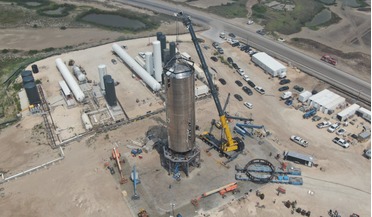 27 April 2020
SpaceX's first full-scale Starship passes key test
27 April 2020
SpaceX's first full-scale Starship passes key test
... therefore proving the vehicle is flight-worthy. Although the finished design will use sub-cooled liquid methane and liquid oxygen (CH4/LOX) as a propellant, LN2 is chemically neutral and therefore won’t catch fire or cause...
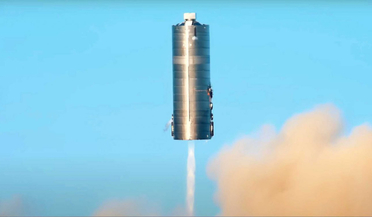 05 August 2020
SpaceX’s Mars rocket prototype completes important test flight
05 August 2020
SpaceX’s Mars rocket prototype completes important test flight
... weeks by SpaceX teams on the Texas coast, in Boca Chica, the latest incarnation, SN5 is powered by the same methane and oxygen-fuelled Raptor engine SpaceX intends to use to reach Mars. Although SN5 featured a single Raptor...
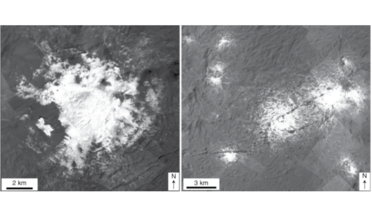 10 August 2020
Salty dwarf planet Ceres could be hiding an ocean
10 August 2020
Salty dwarf planet Ceres could be hiding an ocean
... area and an upsurge of briny water was driven to the surface by a small amount of gas such as water vapour, methane or ammonia. Fast forward a few years and the theory has now expanded. In a series of seven papers published...
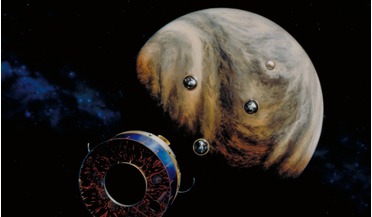 30 September 2020
Another detection of phosphine on Venus possibly found in archival data
30 September 2020
Another detection of phosphine on Venus possibly found in archival data
... middle clouds of Venus – the region which has been identified as a potential habitable zone, including OH (hydroxide), CH4 (methane), HS (sulfanyl) amongst others and a few atomic species. Atomic phosphorous was also detected, however, compounds...
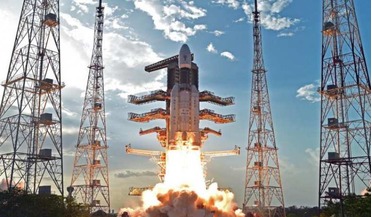 06 January 2021
India lays out its space plans for the next 10 years
06 January 2021
India lays out its space plans for the next 10 years
...(GTO) payload capability to almost 5.5 tonnes. In addition, the LPSC will also advance development on on liquid oxygen (LOX)/Methane propulsion, Green and electric propulsion. NASA also uses liquid oxygen as an oxidiser in its RS-25 main engines that...
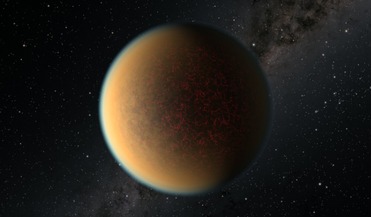 12 March 2021
Scientists find a rocky exoplanet rebuilding its atmosphere
12 March 2021
Scientists find a rocky exoplanet rebuilding its atmosphere
... at the exoplanet instead. To the team’s surprise, observations with Hubble picked up spectral signs of hydrogen cyanide (HCN), methane, and an aerosol haze – not the water-rich one previously indicated. Where did this “secondary atmosphere...